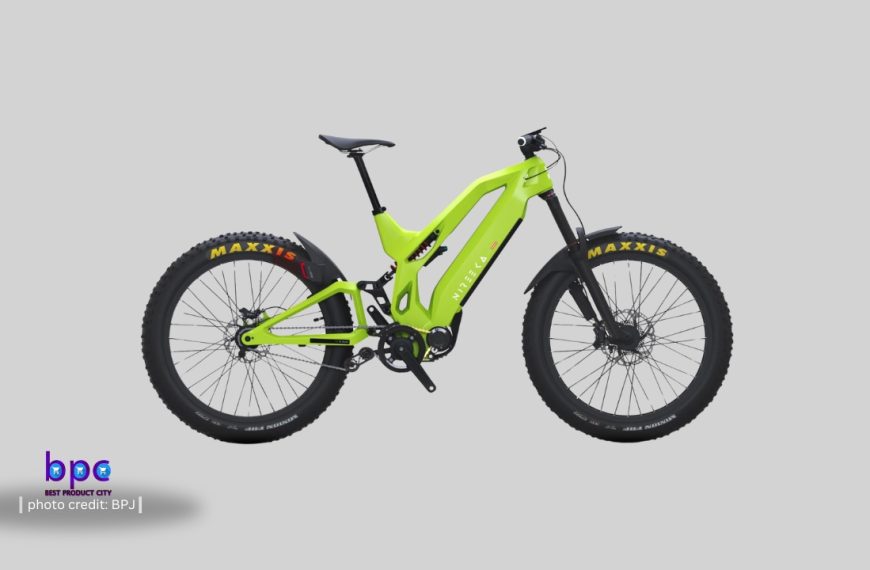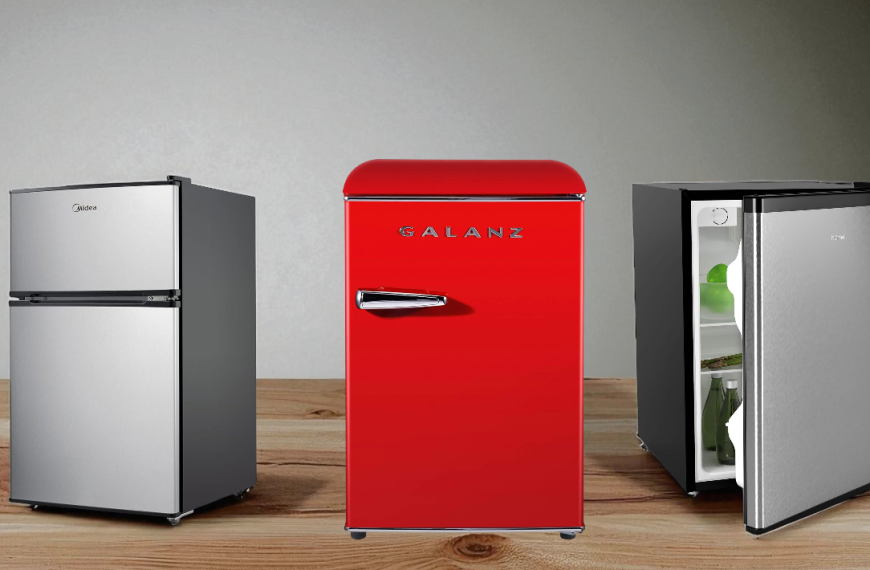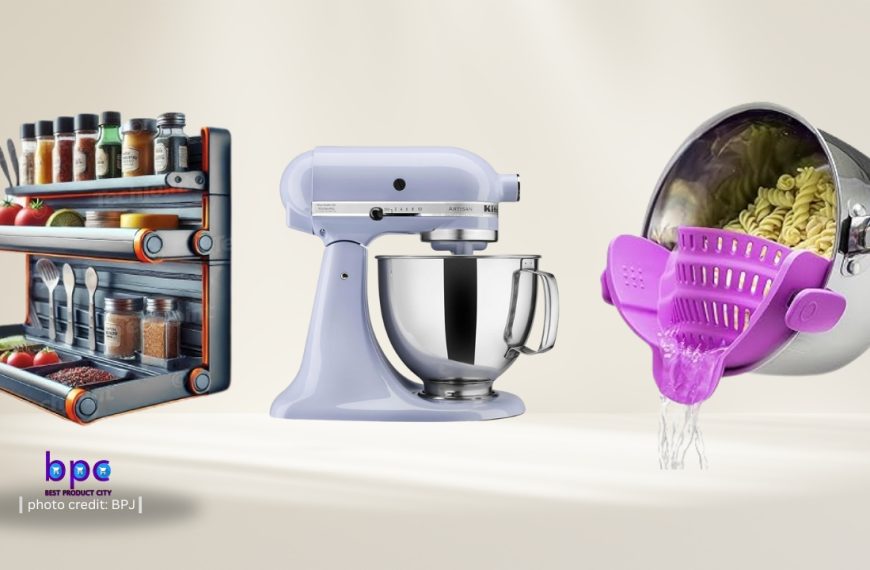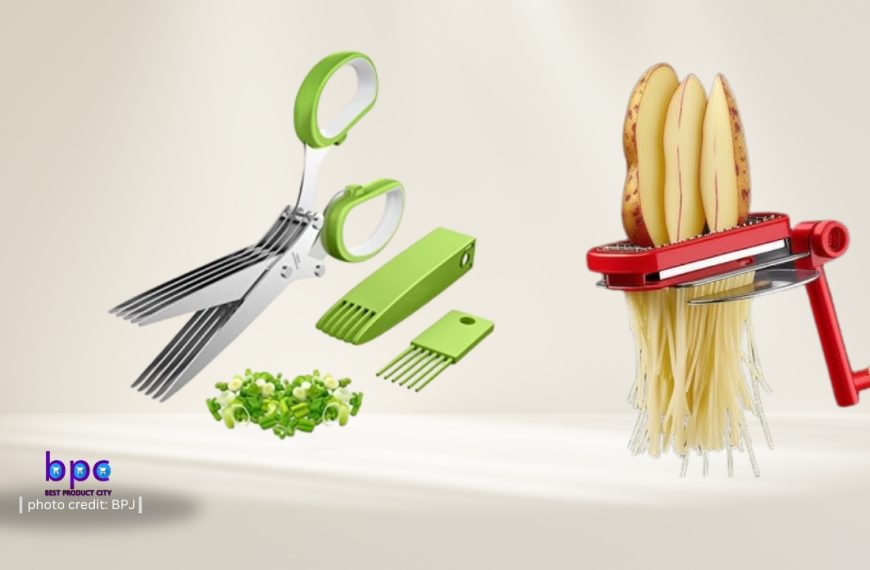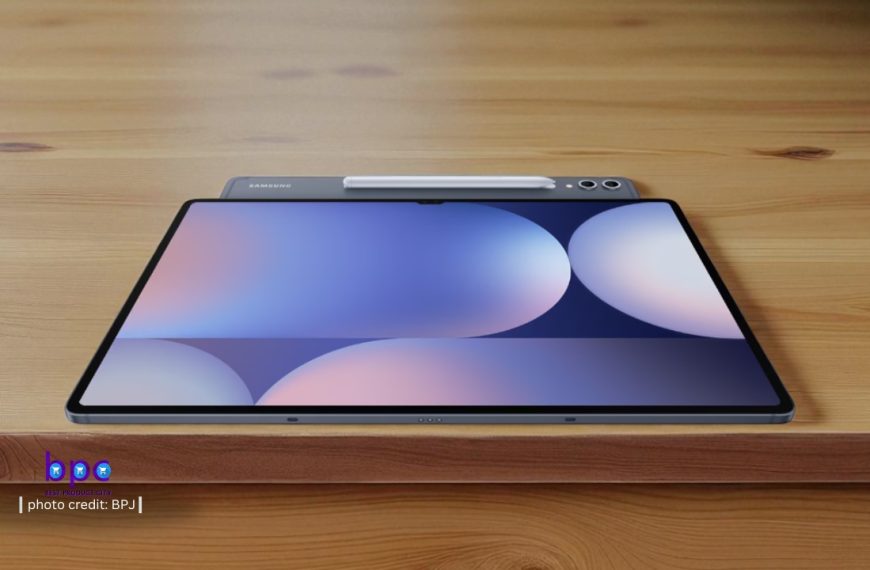Best Compact Smartphones You Can Buy Now
In a world of ever-growing smartphones, the demand for a truly pocket-friendly device with flagship power is at an all-time high. The best compact phones prove you don’t have to sacrifice performance for a manageable size. This is a look at the top small smartphones that deliver phenomenal power without the bulk.
How to Find the Perfect Compact Smartphone
Looking for a phone that’s easy to hold and fits in your pocket? The world of “compact” phones can be a little confusing since the definition has changed over the years. Here’s a straightforward guide to help you find the best small phone for you.
- What “Compact” Means to You
Today, a phone with a 6.1-inch screen or even slightly larger can be considered compact, especially when compared to the 6.7-inch giants. You need to decide what level of “small” you’re looking for.
For ultimate one-handed use: Aim for a phone with a screen around 6.1 inches or smaller and a weight under 180 grams.
For a balance of portability and screen space: A screen up to 6.3 inches is an excellent middle ground, giving you enough room to watch videos or play games without being cumbersome.
- Choose Your Operating System
This is often the first and most personal decision you’ll make.
iOS (iPhone): If you’re already in the Apple ecosystem with products like a Mac or Apple Watch, an iPhone is the natural choice. iPhones are known for their user-friendly design and long-term software support—often for seven years or more.
Android: Android offers a huge variety of phones and greater customization. Top brands like Samsung, Google, and Motorola all have great compact options. You can choose a classic “candy-bar” style phone or a foldable flip phone.
- Don’t Compromise on Performance
A smaller phone doesn’t mean you have to settle for less power. Many compact flagship phones use the same top-of-the-line processors as their larger counterparts.
Look for the latest chips, such as the Snapdragon 8 series, Google Tensor, or Apple’s A-series chips. These powerful processors will ensure a smooth experience for everything from everyday tasks to mobile gaming.
- Camera Quality Is Key
Camera performance is a major selling point for any modern smartphone, regardless of its size.
Keep an eye on the camera sensors and the phone’s image processing capabilities. Google Pixel phones, for example, are famous for their computational photography, while Samsung and Apple offer versatile camera systems.
Some compact phones might have fewer lenses than their “Pro” siblings, but they can still take incredible photos and videos.
- Battery Life: Size Isn’t Everything
Yes, smaller phones usually have smaller batteries. But a highly efficient processor and an optimized operating system can make a big difference in how long your phone lasts.
Check out independent battery life tests and user reviews to get a sense of real-world performance. You might be surprised by which compact phones can last a full day on a single charge.
- Foldable vs. Traditional
Compact phones also include the growing category of foldable flip phones.
Foldable Flip Phones: These phones, like the Samsung Galaxy Z Flip, fold in half to become incredibly pocketable. When you unfold them, you get a full-sized screen. They’re perfect if you want a large screen for media but a tiny form factor for carrying.
Traditional Phones: Classic, rigid phones are generally more durable, have fewer moving parts, and are often lighter than foldables. They are a great choice if you prioritize durability and simplicity.
Frequently Asked Questions
Q: What exactly is a “compact” smartphone?
A: A compact phone has a smaller physical size, typically with a screen under 6.3 inches. The main goal is to make it comfortable to hold and easy to use with one hand.
Q: Do smaller phones have worse performance?
A: Not necessarily. While some cheaper small phones have lower specs, many compact flagship phones have the same high-end processors, RAM, and storage as their larger counterparts.
Q: Are compact phones more durable?
A: Durability depends more on the materials and design than on size. While classic compact phones are generally very durable, foldable phones have a folding screen that can be more susceptible to damage.
Q: Why are there so few compact phones available?
A: Most manufacturers focus on larger devices because there’s high consumer demand for bigger screens for media, gaming, and productivity. However, a few key players continue to make compact phones to serve users who value portability and one-handed convenience.
